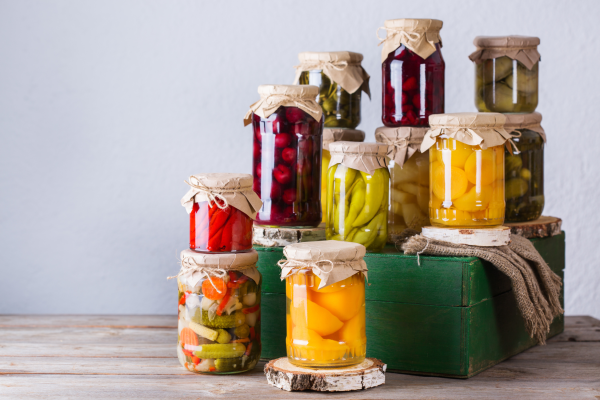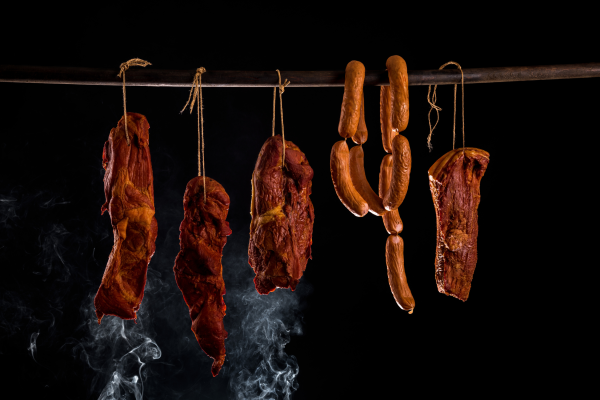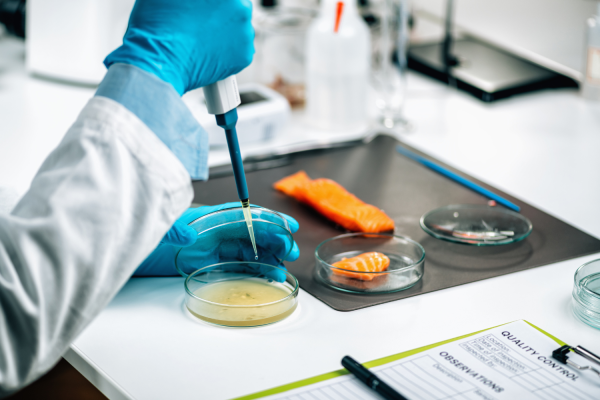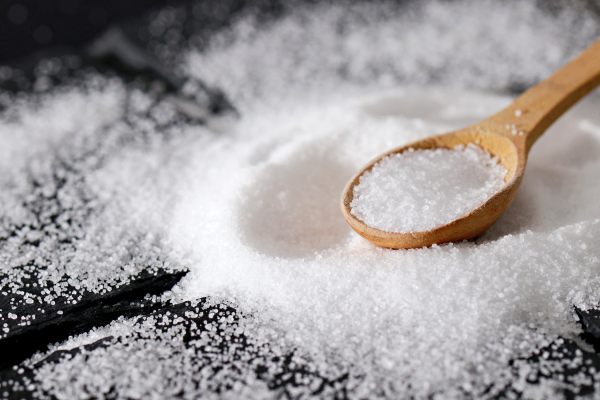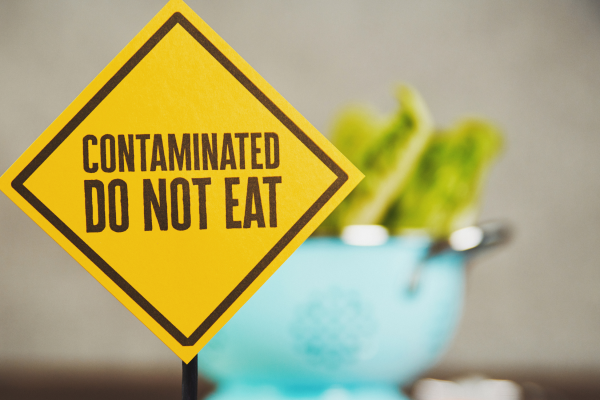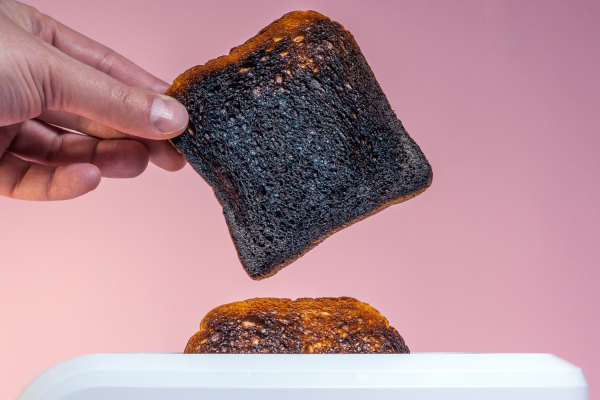
In the dynamic and competitive food ingredients market, maintaining the quality and safety of food products is paramount. As a leader in this sector, Galactic provides innovative solutions that help food manufacturers preserve their products effectively. This article delves into various food preservation methods, highlighting their benefits and applications to ensure your products meet the highest standards of quality and safety.
The importance of food preservation
Food preservation methods are essential for extending the shelf-life of food products, preventing spoilage, and ensuring safety. These methods inhibit the growth of microorganisms, reduce moisture content, and maintain the nutritional value of food. As a food manufacturer, employing effective preservation techniques can help you meet consumer demands for safe and high-quality products.
Common food preservation techniques
Canning: Canning involves processing food at high temperatures and sealing it in airtight containers. This method is effective for preserving fruits, vegetables, meat, and fish. The high heat kills microorganisms, while the airtight container prevents recontamination.
Freezing: Freezing is a simple and widely used method for preserving food. By storing food at low temperatures, microbial growth is inhibited, and the food remains safe for consumption. Freezing is suitable for a variety of food products, including meat, fish, vegetables, and fruits.
Dehydrating: Dehydrating removes moisture from food, preventing microbial growth. This method is ideal for preserving fruits, vegetables, and fish. Dehydrated food can be stored for a long time without spoilage.
Fermenting: Fermentation is a process that uses microorganisms to convert sugars into acids, alcohol, or gases. This method is commonly used for preserving vegetables, fruits, and dairy products. Fermented foods, such as pickles and jams, have unique flavors and extended shelf-life.
Vacuum Sealing: Vacuum sealing involves removing air from the packaging and sealing it. This method reduces oxygen levels, inhibiting the growth of aerobic microorganisms. Vacuum sealing is effective for preserving meat, fish, and vegetables.
Refrigeration: Refrigeration slows down microbial growth by keeping food at low temperatures. This method is suitable for short-term preservation of various food products, including meat, fish, and dairy.
Advanced food preservation techniques
High-Pressure Processing (HPP): HPP uses high pressure to kill microorganisms without affecting the food's taste and nutritional value. This method is effective for preserving juices, sauces, and ready-to-eat meals.
Modified Atmosphere Packaging (MAP): MAP involves altering the composition of gases in the packaging to extend the shelf-life of food. This method is commonly used for preserving fruits, vegetables, and meat.
Cold Plasma Treatment: Cold plasma treatment uses ionized gas to kill microorganisms on the surface of food. This method is effective for preserving fresh produce and ready-to-eat meals.
Effective food preservation methods are vital for ensuring the quality, safety, and taste of food products.
At Galactic, we are committed to providing natural and sustainable solutions for food preservation. Our range of products, including natural antimicrobials, lactates, and fermentation-based ingredients, are designed to enhance food safety, extend shelf-life, and improve flavor and quality. By integrating Galactic's solutions into your preservation processes, you can ensure your products meet the highest standards of quality and safety while reducing food waste.

Still have questions?
Can’t find the answer you’re looking for?
Contact us for expert advice and support!

